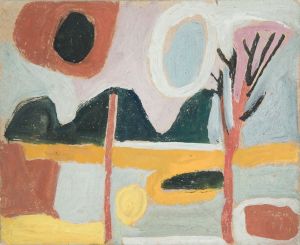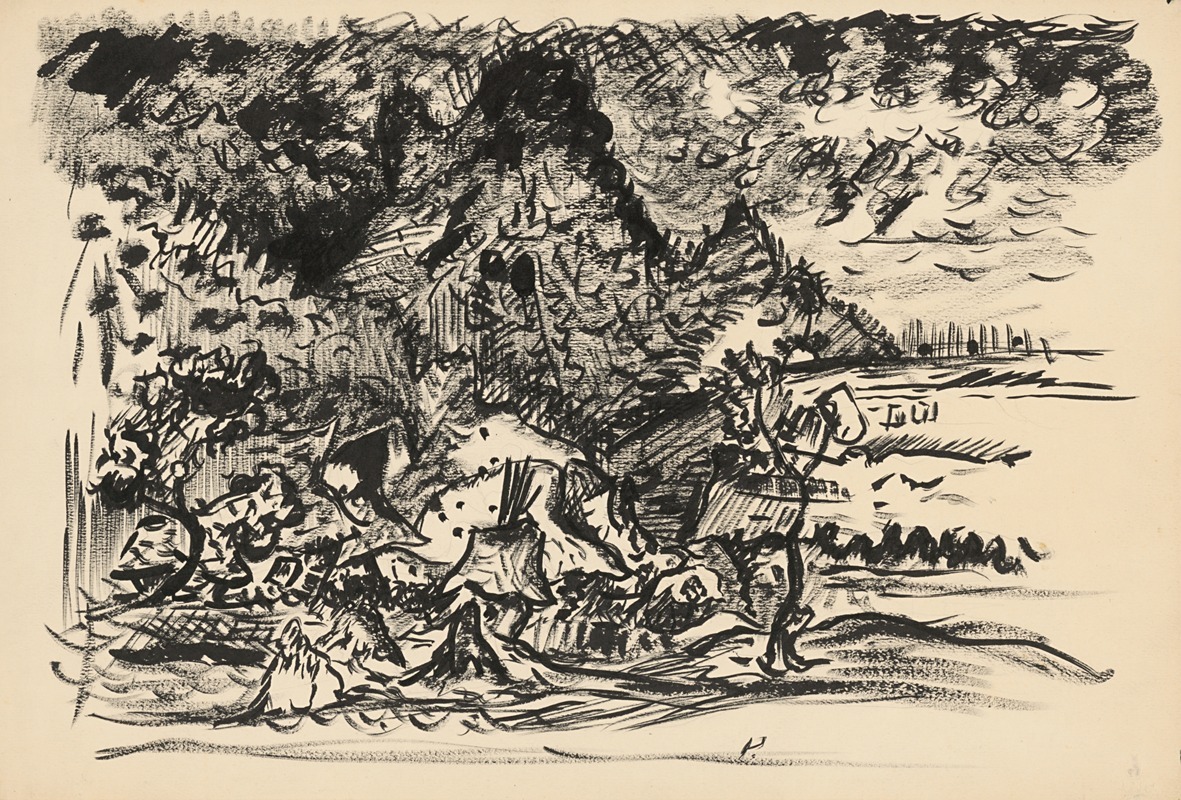
Landscape with a River
A hand-painted replica of Arnold Peter Weisz-Kubínčan’s masterpiece Landscape with a River, meticulously crafted by professional artists to capture the true essence of the original. Each piece is created with museum-quality canvas and rare mineral pigments, carefully painted by experienced artists with delicate brushstrokes and rich, layered colors to perfectly recreate the texture of the original artwork. Unlike machine-printed reproductions, this hand-painted version brings the painting to life, infused with the artist’s emotions and skill in every stroke. Whether for personal collection or home decoration, it instantly elevates the artistic atmosphere of any space.
Arnold Peter Weisz-Kubínčan was a Slovak painter known for his contributions to modern art in the early 20th century. Unfortunately, there is limited information available specifically about the painting "Landscape with a River" by Weisz-Kubínčan. The scarcity of detailed records about this particular work makes it challenging to provide a comprehensive description or analysis based solely on historical facts.
Weisz-Kubínčan was born in 1898 in the town of Dolný Kubín, which is now part of Slovakia. He was part of the Jewish community and lived through a tumultuous period in European history, which significantly influenced his life and work. Weisz-Kubínčan studied art in Budapest and later in Vienna, where he was exposed to various modernist movements that shaped his artistic style.
His work often reflects a blend of influences, including expressionism and cubism, characterized by bold colors, dynamic compositions, and a focus on emotional expression. Weisz-Kubínčan's paintings frequently depict landscapes, figures, and scenes that convey a sense of movement and vitality.
"Landscape with a River" likely embodies these stylistic elements, although specific details about the painting's composition, dimensions, and current location are not readily available. It is reasonable to assume that, like many of his other works, this painting captures the natural beauty of the Slovak landscape, possibly incorporating the dramatic use of color and form that Weisz-Kubínčan was known for.
Tragically, Weisz-Kubínčan's career and life were cut short during World War II. As a Jewish artist living in Europe during the rise of the Nazi regime, he faced persecution and was ultimately deported to a concentration camp, where he perished in 1944. This loss not only ended his promising career but also meant that much of his work was lost or destroyed during the war.
Despite the challenges in documenting his oeuvre, Weisz-Kubínčan's surviving works continue to be appreciated for their artistic merit and historical significance. They offer a glimpse into the vibrant cultural landscape of early 20th-century Central Europe and the personal experiences of an artist navigating a world marked by profound change and adversity.
In summary, while specific information about "Landscape with a River" is limited, Arnold Peter Weisz-Kubínčan remains an important figure in Slovak art history. His work is celebrated for its innovative approach and emotional depth, reflecting both the beauty of the natural world and the complexities of the human experience during a turbulent era.






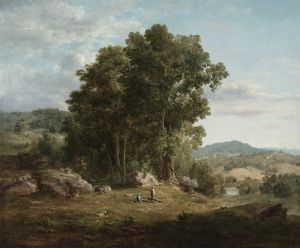
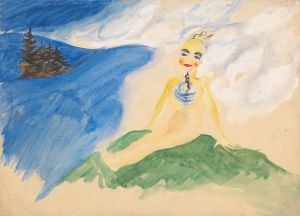
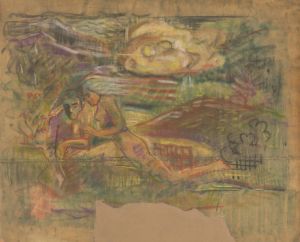
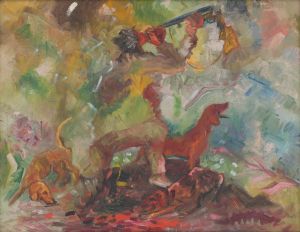
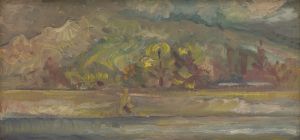
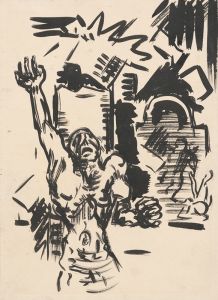
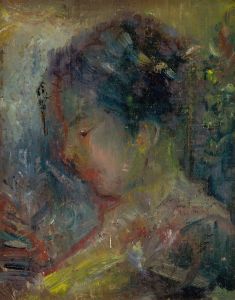
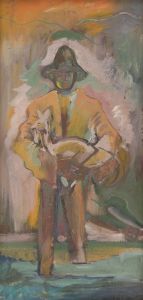
![Design for fine art print, ‘The Mad Dancer’.] [Original study for woodcut print](/imgs/249285/s/winold-reiss-design-for-fine-art-print-the-mad-dancer-original-study-for-woodcut-print-636dd80b.jpg)

